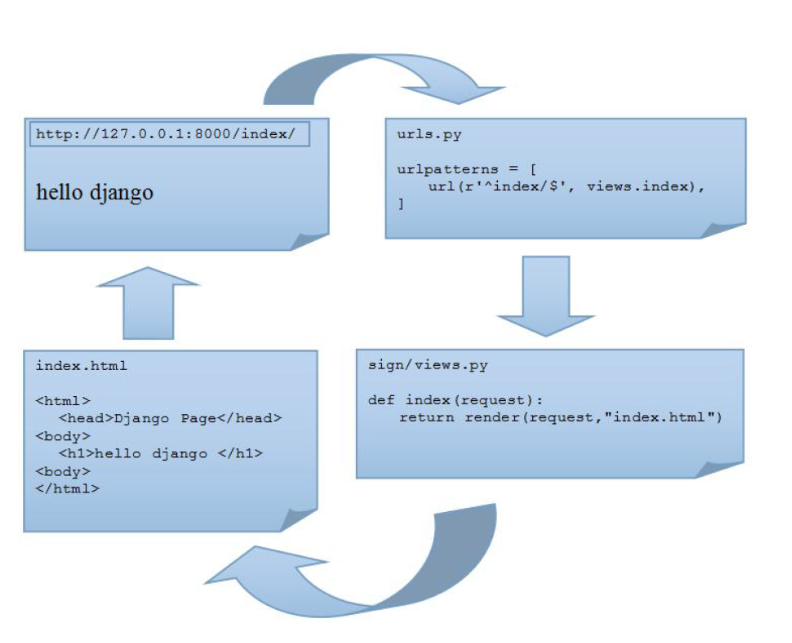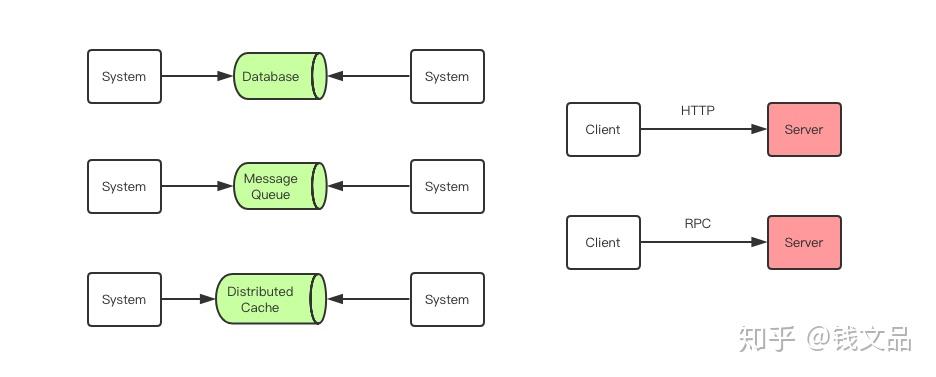Hi i am trying to understand Broadcast Receiver , i went through many sample codes , but still have some doubts. I wanted to know when we have to extend the Broadcast Receiver class and when should we use registerReceiver() method and when should we create object for BroadcastReceiver. In some programs i came across registerReceiver methods being used but without extending the Broadcast Receiver class. I also wanted to know how the onReceive method gets called.
Which approach should be used when?
here is the registerReceiver method:
registerReceiver(new BroadcastReceiver() {
@Override
public void onReceive(Context context, Intent intent) {
switch (getResultCode()) {
........
}
}
}, new IntentFilter(SENT));
Object being created for BroadcastReceiver:
private BroadcastReceiver intentReceiver = new BroadcastReceiver() {
@Override
public void onReceive(Context context, Intent intent) {
.................
}
};
Android has intent action for broadcast receiver. BroadCast receiver will be trigger when it listen any action which registered within it.
Now we will take one example :
That we need to listen the action of "whenever any bluetooth device connect to our device". For that android has it fix action android.bluetooth.BluetoothDevice.ACTION_ACL_CONNECTED
So you can get it via manifest & registration also
BY Manifest Registration:
Put this in your manifest
<receiver android:name="MyBTReceiver">
<intent-filter>
<action android:name="android.bluetooth.BluetoothDevice.ACTION_ACL_CONNECTED" />
</intent-filter>
</receiver>
Create MyBTReceiver.class
public class MyBTReceiver extends BroadcastReceiver {
@Override
public void onReceive(Context context, Intent intent) {
if(intent.getAction().equals("android.bluetooth.BluetoothDevice.ACTION_ACL_CONNECTED")){
Log.d(TAG,"Bluetooth connect");
}
}
}
That was the simplest broadcast Receiver.
Now,
if you are only interested in receiving a broadcast while you are running, it is better to use registerReceiver(). You can also register it within your existing class file. you also need to unregister it onDestroy().
here, you dont need any broadcast registration in manifest except activity registration
For example
public class MainActivity extends Activity {
IntentFilter filter1;
@Override
public void onCreate() {
filter1 = new IntentFilter("android.bluetooth.BluetoothDevice.ACTION_ACL_CONNECTED");
registerReceiver(myReceiver, filter1);
}
//The BroadcastReceiver that listens for bluetooth broadcasts
private final BroadcastReceiver myReceiver = new BroadcastReceiver() {
@Override
public void onReceive(Context context, Intent intent) {
if(intent.getAction().equalsIgnoreCase("android.bluetooth.BluetoothDevice.ACTION_ACL_CONNECTED")) {
Log.d(TAG,"Bluetooth connect");
}
}
};
@Override
public void onDestroy() {
unregisterReceiver(myReceiver);
}
}
In both cases BroadcastReceiver will be extended. In your second example you create so called anonymous class. New class has no specific name, that is why it's called so. Anyway this new class extends BroadcastReceiver and overrides onReceive() method.
Now back to your question. There are two kinds of receivers - statically and dynamically defined ones.
If you declare your receiver in AndroidManifest file, then it is statically defined. In this case you need to refer to a class implementing BroadcastReceiver by name. As you can see, you cannot use an anonymous class, because the last has no name. You have to explicitly implement a receiver. It's worth to mention, that in this case you do not use registerReceiver() method. Android does it for you automatically.
If you declare receivers dynamically (for instance in activity's onResume() method), then you can use anonymous class for that. To register a receiver you call registerReceiver() method. You can also use a named class too. Both options are valid in this case.
Hope this explains the difference.
In both case you are creating object.But in first case there is not any reference for
the receiver object so it can not be unregistered later but second one has so it can be
unregistered after registering object using below methods:
registerReceiver(intentReceiver );
unregisterReceiver(intentReceiver );




